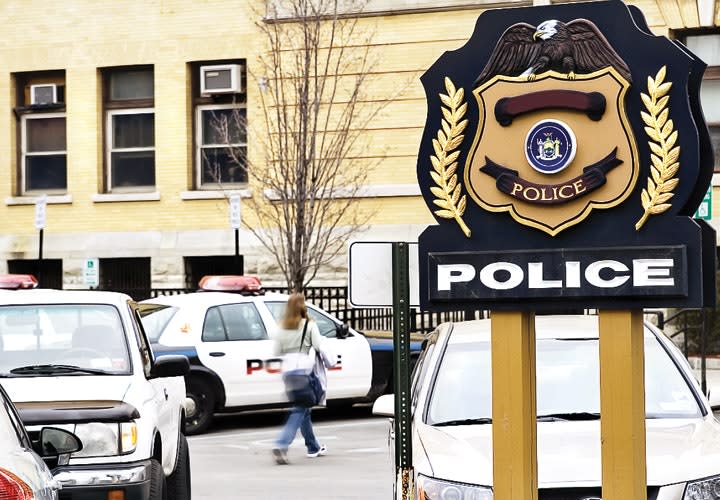And the technology works, says Gil Neuman, CEO of Kent Security Solutions, a security firm headquartered in Florida. Neuman installed the technology at company headquarters and was instrumental in adding it to a new police station in Bal Harbour, Fla. This department, which employs nearly 40 officers who operate out of a facility located near a high-end shopping district, opted to add the technology to four doors: the front door, the evidence room, and the backdoors to the men's and women's locker rooms.
The biometric device simply scans individuals standing in front of a doorway and opens the door if it recognizes them. If it doesn't recognize them because they are wearing dark glasses, for example, the system asks questions to ascertain their identities by scanning their voices. Unknown individuals are asked who they are there to see, then the system would contact that individual to escort them into the facility. If an officer stands in front of the door with an unknown subject the system inquires whether he or she knows the other individual. If the answer is "yes," the system opens the doors automatically.
"SafeRise also records everything that happens at that entrance point," Lupo says. "Later, you can run reports by names, dates, and times to learn who accessed the facility and when."
The FST21 device even allows police stations to create a black list (wanted criminals or ex-employees) and a blue list (people like the mailman who require access on a daily basis). Departments can load images of unacceptable individuals into the system so that if these people ever enter the police station, the system automatically and unobtrusively notifies officers of their presence. The blue list controls access of approved individuals between certain times. If those individuals attempt to gain entry at unauthorized times, the system alerts officers inside, Neuman says.
While SafeRise might be viewed as pricey to some (it can cost up to $20,000 per door), Neuman notes the system will quickly pay for itself via added safety and adds that he believes it represents the future of access control. "The more people are exposed to the technology, the more this will become a trend," he says. "This system doesn't ask someone to stand a certain way or to touch anything. It's hands-free, which is a big deal. People do not like to touch anything; they are always concerned about how many hands were there before them."












